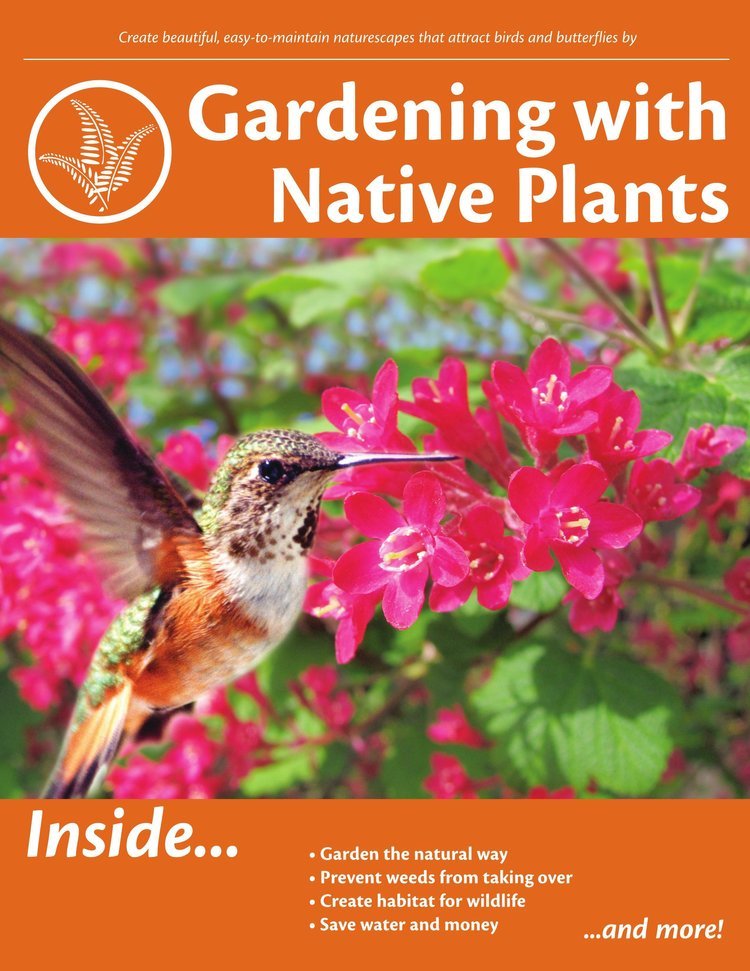Pollinator Week: Small Creatures, Big Impact
Celebrate Pollinator Week with us from June 16 to 22, 2025! 🐝🌸
Pollinator week is an annual celebration dedicated to raising awareness about pollinators and what we can do to protect them, initiated and managed by Pollinator Partnership. This year, the theme is "Pollinators Weave Connections", which emphasizes the interconnectedness of pollinators, plants, and people. You can get involved in Pollinator Week by participating in activities such as planting native plants for pollinators, attending workshops and restoration events, and more.
What are pollinators? Pollinators are animals that help plants reproduce by transferring pollen from one plant to another. Pollination is essential for the reproduction of many plants. Types of pollinators include animals like bees, beetles, moths, butterflies, wasps, birds, and bats.
Why are they important? Pollinators play a critical role in maintaining biodiversity and supporting healthy ecosystems. Between 75% and 95% of all flowering plants rely on pollinators to reproduce to create food, medicines, and raw materials. They’re also essential to our food supply - about one in three bites of food you eat exists because of pollinators. We can thank pollinators for foods like apples, avocados, cherries, almonds, grapes, coffee, and many, MANY MORE!
Pollinators as Teachers:
Discover The Story of SEMSEMÍYE, a teaching shared and written by Tiffany Joseph. This story offers wisdom from the bee, guiding us to understand the importance of reciprocity, love, and our responsibilities to the land. Through SEMSEMÍYE, we are reminded that the bee is more than a pollinator—it is a teacher, showing us how to live in harmony with the natural world.
Looking for Ways to Celebrate and Support Pollinators?
Check out these Pollinator Week events happening June 16-22:
June 16: Join Rocky Point Bird Observatory for a webinar with Carolyn Coyle: Songbirds as Pollinators? New Insights into Flower Visitation by the Birds of Vancouver Island and Beyond
Register here: RPBO Community Calendar
June 17: Support pollinators by removing invasive species. Join HAT and PEPÁḴEṈ HÁUTW̱ for a day of ecological restoration supporting the SṈIDȻEȽ Resiliency Project!
Register here: SṈIDȻEȽ Resiliency Project
June 18: Visit the Horticulture Centre of the Pacific to enjoy Bethany Couture's free, family-friendly presentation about how you can support pollinators at home.
Visit for more information: HCP Pollinator Week Event
Visit Pollinator Partnership for a full list of events: Pollinator Week Activities
Participate in the Pollinator Week Bioblitz
Join the community science initiative to document pollinator species across North America. Observe and photograph pollinators such as bees, butterflies, moths, beetles, flies, wasps, ants, and birds visiting flowers. Uploading your observations to iNaturalist will help build a dataset that helps to enhance biologists’ understanding of where pollinators live and which flowers they rely on.
Learn more here:
iNaturalist Pollinator Week Bioblitz
Pollinator Week Bioblitz Toolkit
Create Pollinator-Friendly Habitat
Restore Natural Habitat
Native plants play an important role in supporting pollinators. They offer food in the form of nectar and pollen, as well as shelter for resting, hiding, and egg-laying. Because they’ve evolved to thrive in this region, native plants are uniquely suited to meet the needs of local wildlife.
Many local species depend on these plants. For example, the Moss’ elfin (Callophrys mossii), a provincially red-listed butterfly, lays its eggs on the buds and leaves of its host plant, broadleaf stonecrop (Sedum spathulifolium). The endangered Taylor’s checkerspot butterfly (Euphydryas editha taylori) relies on plants like American brooklime (Veronica americana). And in the spring, the Propertius duskywing (Erynnis propertius), also red-listed in BC, lays its eggs on the leaves of Garry oak (Quercus garryana).
Invasive species crowd out native species, reducing food and habitat sources. Many pollinators rely on specific plant species for nectar, pollen, or as host plants for their larvae. When invasive plants take over, these essential relationships are broken. Removing invasive species will help pollinators by restoring native plant diversity.
Provide Safe Shelter
Pollinators like bees, butterflies, beetles, and even some flies and wasps need more than just plants - they also require safe, undisturbed places to nest. Provide bare patches of soil in your garden for ground-nesting bees. Twigs, stumps, logs, and other debris make great homes for cavity-nesting bees and other insects. Leaving leaf litter will provide overwintering habitat for butterflies, beetles, and other insects.
Avoid Harmful Chemicals
Pesticides can be devastating to beneficial insect populations. Reduce chemical use and let the birds and bats take care of it!
Learn more with HAT’s Stewardship Guides:
Practice your SENĆOŦEN With Pollinators
SEMSEMÍYE - bee, wasp
ḴEḴÍAXENE¸ - fly
ȽELBELAXEN - bat
SX̱EDJELI - hummingbird
ȾIȾEȾEM¸ - small bird
Need help with pronunciation?
Learn the SENĆOŦEN alphabet here
Timothy Montler – How to Pronounce SENĆOŦEN
On this website, click on the red words to hear the audio
Other Resources:
An Introduction to Pollinators - Habitat Acquisition Trust
Creating Pollinator Friendly Habitat - Habitat Acquisition Trust
Pollinator Week - Pollinator Partnership










